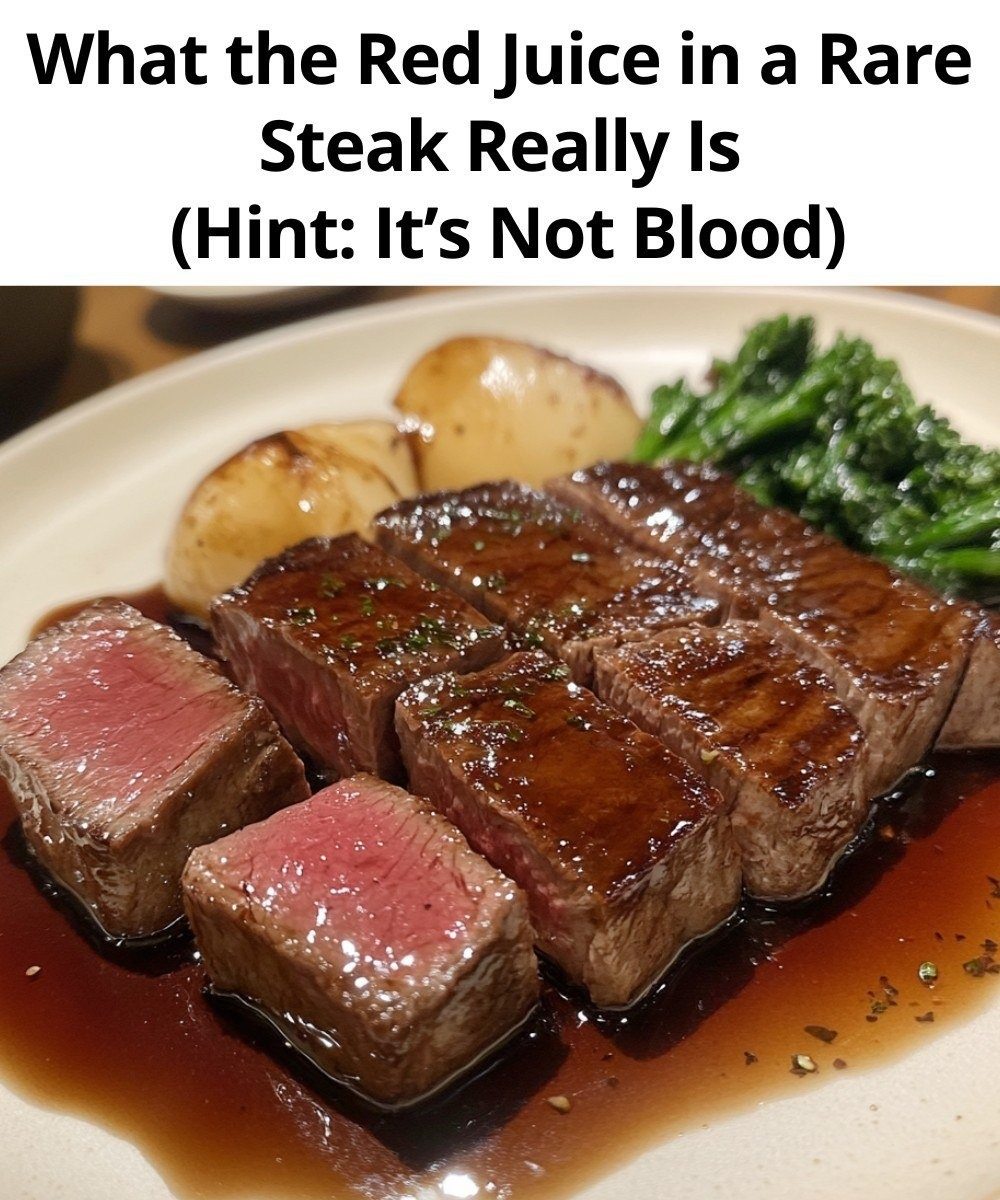What the Red Juice in a Rare Steak Really Is (Hint: It’s Not Blood)
If you’ve ever cooked or ordered a rare steak, you’ve likely noticed the reddish liquid pooling on your plate. While it might look like blood, it’s actually something entirely different. Understanding what this red juice really is can enhance your appreciation for how steak is cooked and help clear up a common misconception.
In this article, we’ll explore what the red juice in a rare steak is, how it’s formed, and why it doesn’t have anything to do with blood.
The Red Juice: What Is It Really?
The red juice in a rare steak is not blood but myoglobin, a protein found in muscle tissue. Myoglobin’s primary function is to store oxygen in muscle cells, which is essential for muscle function, especially in animals that engage in intense physical activity.
When you cook a steak, the heat causes the muscle fibers to contract, and the myoglobin is released. This results in the reddish liquid you see. While blood is present in muscles during an animal’s life, the amount of blood left in a steak after it’s been butchered is minimal. Most of the blood is drained away during the processing of the meat.
Myoglobin vs. Hemoglobin
To understand why myoglobin is the key player here, it helps to know the difference between myoglobin and hemoglobin.
. Hemoglobin is the protein in red blood cells responsible for carrying oxygen throughout the body. It is found in the bloodstream and is what gives blood its red color.
. Myoglobin, on the other hand, is a protein in muscle cells that stores oxygen and releases it as the muscles require it for movement. Myoglobin is also red but has a different structure and function from hemoglobin.
Because myoglobin stores oxygen in muscle tissue, it is present in higher concentrations in muscle-heavy areas of animals. This is why certain cuts of meat, like beef steaks, have a noticeable amount of the red juice when cooked to a rare or medium-rare temperature.
Continued on the next page
ADVERTISEMENT

